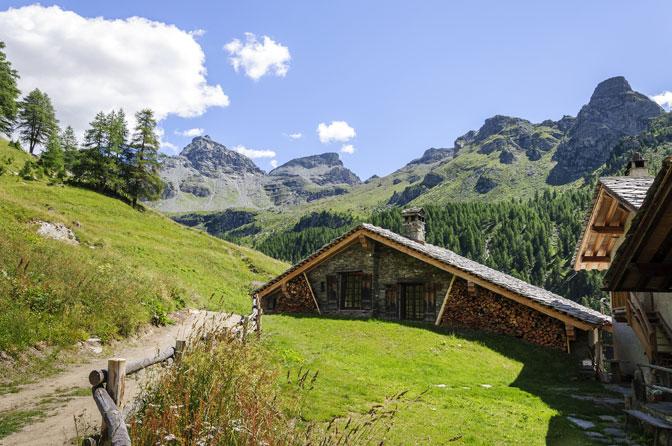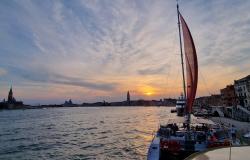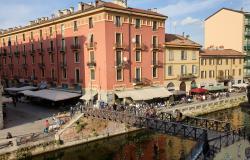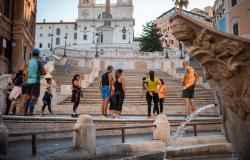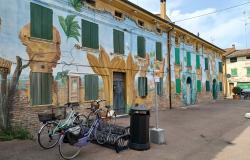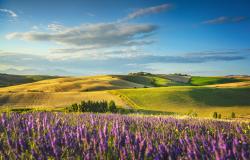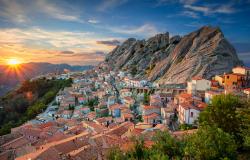If you thought that the Valle d’Aosta is only worth visiting during the winter sports season you should read on, for Italy’s smallest and least populated region has much to offer in summer, a fact discovered by both Pope Benedict and his predecessor, Pope John Paul II. Pope Benedict stayed at Les Combes di Introd last summer, enjoying the peace of the region and stunning views of Monte Bianco.
This bilingual region – French and Italian are spoken and German is taught – has a dialect which is based on French Provençal. There is a French influence in its food, too, for it is one of the few Italian regions to produce a variety of soups. The Valle d’Aosta produces Fontina cheese which is used in fondues and in two specialities, capriolo alla valdostana (venison stew) and gnocchi alla valdostana. Potatoes, leeks, butter and milk are widely used in the cuisine of the region, which is also known for its DOC wines.
If you dream of an Italian summer holiday but are wary of the heat, the Valle d’Aosta is ideal for you, with July temperatures reaching a maximum of 20 C. The foggy season ends in May so a kindly climate awaits you.

The town of Aosta itself has so many Roman remains that it is sometimes known as “The Rome of the Alps”. The town walls of Augusta Praetoria still largely intact and six of the original twenty towers at its gates are well –preserved. You can also admire the Arch of Augustus (25 BC) and the Roman Theatre. Aosta Cathedral contains some fine examples of the wooden sculptures for which the region is famous, including a Crucifix from 1397. Its choir stalls date from 1470. The Church of Sant’Orso has a 12th century cloister and contains the relics of Sant’Orso [Ursus] and St. Gratus of Aosta. Begun in the eleventh century, it was rebuilt in the 15th and 16th centuries and its present façade dates from 1846-48.
If Aosta is the “Rome of the Alps”, Saint-Vincent is the “Alpine Riviera”. It is an elegant shopping town which also boasts a spa and the famous Casino de la Vallée. The Casino, besides providing much of the region’s income, has become known for its promotion of cultural activities. It is the sponsor of the International Woman of the Year Award and stages the Saint-Vincent Awards for Journalism, Cinema, TV Series and Radio.
The Valle D’Aosta has numerous castles, many of which are very well preserved: The Ussel Castle [c.1343] outside Châtillon is used for temporary exhibitions, whilst the Sarre Castle, built in 1710 on the ruins of a fortress, was the hunting retreat of King Vittorio Emanuele II. A trip to the Castello di Fénis, near Saint-Vincent, is a must.
Finally, what can you bring back from the Valle D’Aosta? Fontina cheese and wine if you are allowed to take them into your country! You can also purchase small, carved, wooden objects and clogs, lace and straw objects, locally-made jewellery, woollen clothes and wicker and wrought iron objects.
